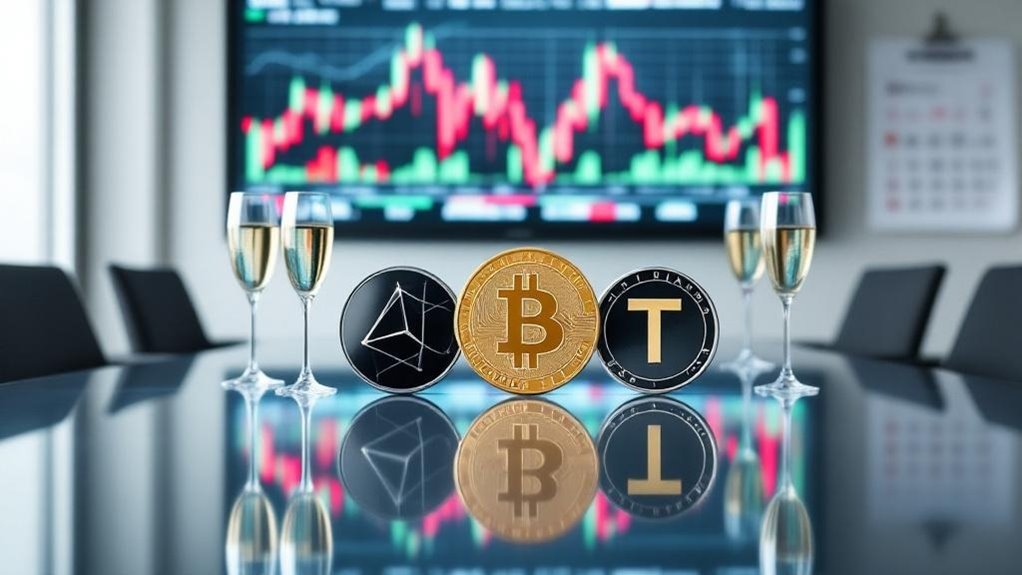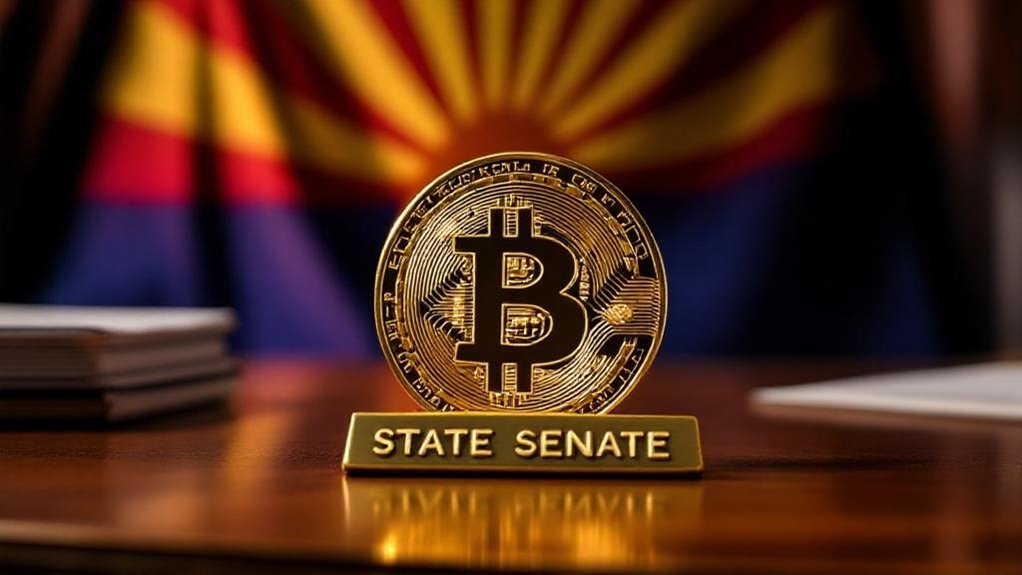MemeCoinCook.com serves up spicy crypto memes and info for entertainment only—this ain’t financial, investment, legal, or professional advice! Whipped up with AI flair, our content might have some half-baked bits, so DYOR before you dive into the crypto pot. NFA, folks—we’re just tossing out ideas, not guarantees. We make no claims about the accuracy, legality, or tastiness of our posts. Sip our content at your own risk! Check our Terms of Use for the full recipe.

Trump’s Crypto Comeback Rewards Billionaires While Everyday Investors Get Left Behind
When Donald Trump returned to the White House in 2025, he brought a surprising new agenda: making America the world’s crypto capital. His administration quickly signed executive orders and rolled back Biden-era regulations, promising to transform the U.S. into a blockchain powerhouse. But while Wall Street celebrated, many wondered if regular folks would see any benefits.
Trump’s cornerstone policy, the Strategic Bitcoin Reserve, sounds impressive on paper. The government will hodl seized Bitcoin from criminal cases, treating it like digital gold. No sales allowed. Meanwhile, a separate Digital Asset Stockpile collects other cryptocurrencies through forfeitures. The catch? These initiatives don’t actually buy any crypto for citizens or create opportunities for small investors.
Government hoards seized Bitcoin like digital gold while regular investors get nothing from Trump’s Strategic Reserve plan
The administration’s deregulation efforts have crypto whales dancing. By dismantling “bureaucratic hurdles,” Trump’s team aims to create a friendlier environment for big players. Legislative developments promise market stability, which sounds great until you realize who benefits most. When regulatory clarity arrives, it often favors those with armies of lawyers and lobbyists. The SEC’s new Crypto 2.0 Task Force, led by Commissioner Hester Peirce, signals a dramatic shift from enforcement actions to developing comprehensive frameworks.
Here’s where things get interesting. Trump demands all Bitcoin acquisition strategies remain “budget-neutral,” meaning taxpayers won’t foot the bill. Smart move, right? Except this also means no government programs to help average Americans access crypto markets. The reserve fundamentally becomes a vault for confiscated coins while billionaires enjoy reduced regulations.
The administration seeks input from “private leaders in digital assets” – translation: crypto billionaires get direct access to policy makers. Meanwhile, everyday investors must dyor and hope for trickle-down benefits. Market growth potential exists, sure, but when policies primarily reduce risks for institutional investors, retail traders remain exposed to volatility. Vice President JD Vance, who disclosed owning over $250,000 in Bitcoin, headlined fundraisers and emphasized the administration’s commitment to making the U.S. crypto market competitive globally.
Trump’s crypto comeback represents a fascinating pivot from his previous skepticism. His Strategic Bitcoin Reserve marks America’s first official recognition of Bitcoin as a reserve asset. Yet implementation challenges persist.
While the framework promises reduced regulatory hurdles, smaller investors still face the same barriers: high fees, complex tax implications, and market manipulation by whales. The administration’s focus on institutional adoption mirrors the landscape of over 17,000 cryptocurrencies, where established players dominate while newcomers struggle for market share.
The crypto capital dream might materialize, but it’s looking more like a gated community than a public park. Time will tell if benefits eventually reach Main Street.



